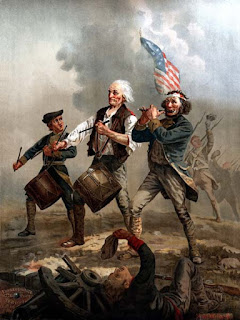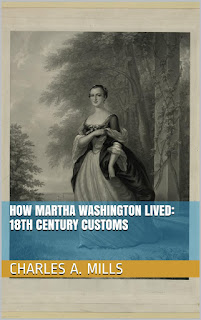The Spirit of 76
Artist Archibald Willard made fifers and
drummers an American icon when he painted, “The Spirit of 76” in 1875. Willard’s father Samuel was the model for the
drummer. The painting was originally known
as “Yankee Doodle”.
Don Francisco - Fifer
During the American Revolution, armies used music to communicate
over long distances. In infantry units,
the fife was used because of its high pitched sound and the drum because of its
low pitched sound. Both instruments can be easily heard at great distances even
through the din of battle. Music gave instructions for advance or retreat and
helped keep order on the battlefield. Drummers
would play beatings telling soldiers to turn right or left as well as to load
and fire their muskets. There was a tune called “Cease Fire” that fifers and
drummers played to instructs troops to stop firing. Fifers and drummers were used to help
regulate camp life as well. Fife and drum calls signaled the commencement of
daily tasks such as waking up, eating meals, and performing camp chores.
Each company in an American infantry regiment during the
Revolution (a full strength company
was made up of 40 privates, 3 corporals, 1 ensign, 1 Lieutenant, and a Captain)
would have had 1-2 fifers and 1-2 drummers.
Neither Martha Washington
nor the women of the South’s leading families were marble statues, they had the
same strengths and weaknesses, passions and problems, joys and sorrows, as the
women of any age. So just how did they
live?
A quick historical look at murder most
foul in the Virginia of colonial times and the early Republic. Behind the
facade of graceful mansions and quaint cobblestone streets evil lurks.








No comments:
Post a Comment